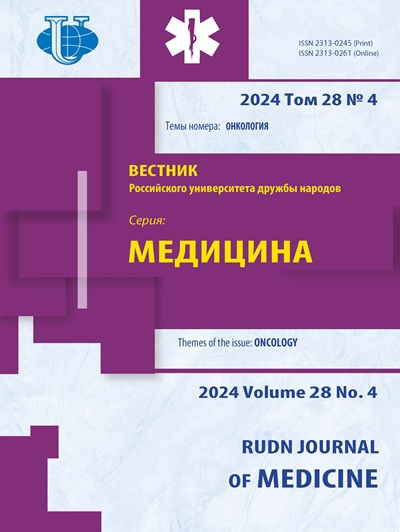Abstract
The analysis of the dynamics of heart rate and blood pressure components in students of five ethnic groups - Arabic, Indian, African, Latin American and Russian, taking into account the most characteristic types of autonomous regulation of heart rate (HR) with the third moderate predominance of autonomous regulation (MPAR) and the fourth - a pronounced predominance of autonomous regulation (PPAR) HR. A mediocre level of fitness of the cardiovascular system among students: Russian and Arab with MPAR HR at both stages; Indian and Latin American with MPAR and PPAR HR types of regulation of heart rhythm at the 1st stage; African with MPAR HR on the 2nd stage. The rest of the students - a good level of fitness. High vs. normal values of systolic pressure indicate a maladaptive state of groups of Arab and African students at both stages, Indian with the MPAR HR at the second stage. Increased pulse pressure (PP) in Russian students at the second stage with the PPAR HR, among Arabic, Latin American, African students at both stages, notes a decrease in their myocardial functionality against the background of diastolic fatigue and disadaptation to conditions of relative physiological rest. Under conditions of relative physiological rest, the high anti-normal values of systolic blood pressure (SBP) indicated the maladaptive state of groups of Arab and African students at both stages, Indian with MPAR at the 2nd stage. High PD in all subgroups of Arab, African and Latin American students at the 2nd stage with PPAR and at the rest of the groups with MPAR and PPAR HR are objective indicators of myocardial diastolic fatigue, reduction of its functional capabilities and manifestation of maladaptation in conditions of relative physiological rest.
















